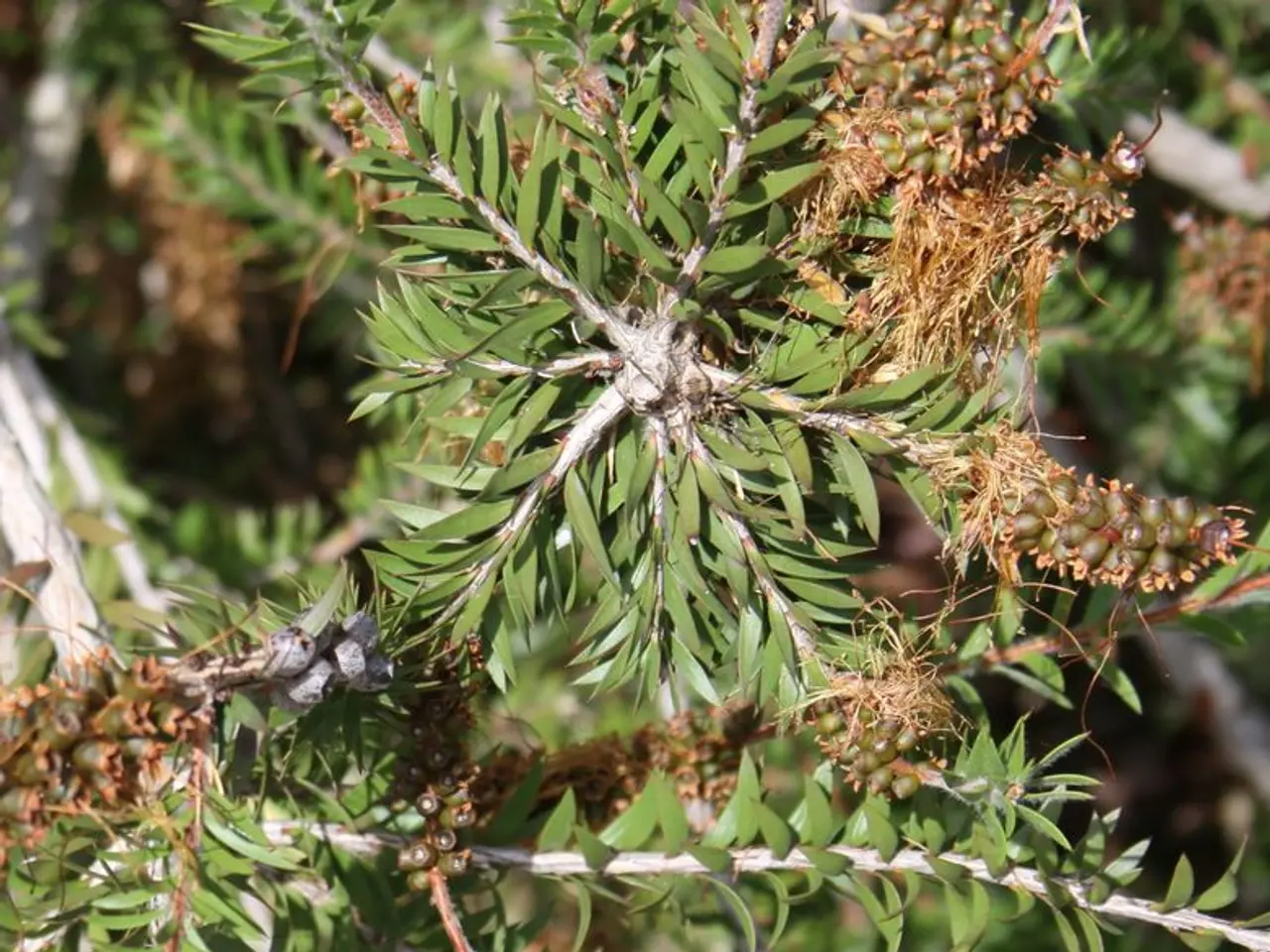Jimmy, here's the juicy scoop on citrus tree care! These babies need just the right amount of nutrients, especially when they're potted. So, let's get down to the nitty-gritty: What's the best time to feed 'em fertilizer?
Caring for Citrus Trees in Containers: A Comprehensive Guide
Citrus trees thrive in containers, but they require special care to ensure their health and productivity. Here's a guide to helping your container-grown citrus tree flourish.
Fertilizing Schedule
The recommended fertilization schedule for citrus trees in containers is to begin feeding in early spring when the tree resumes active growth. Continue feeding every 2 to 4 weeks during the growing season through late summer or early autumn, then reduce or stop fertilizing during the dormant fall and winter months. This schedule helps maintain plant health and encourages fruit production.
Choosing the Right Fertilizer
A balanced fertilizer containing both macronutrients (nitrogen, phosphorus, potassium) and essential micronutrients is ideal for citrus trees in containers. Liquid or water-soluble fertilizers are preferred for container plants due to quicker nutrient availability. For efficient uptake and easier application, dilute the liquid fertilizer and apply it to the soil surface.
Application Method
When applying fertilizer, avoid over-fertilizing, as excess nutrients can cause root burn and excessive leafy growth with less fruiting. Follow product label instructions on rates and frequency to avoid nutrient imbalance or toxicity.
Pruning and Pest Management
Regular pruning helps promote new growth and keeps the tree manageable. Check the tree regularly for pests like aphids, scale, and spider mites, and treat them promptly to keep the tree healthy.
Timing
Timing is crucial for the health of citrus trees. Start fertilizing in late winter and continue through early autumn. Avoid feeding during peak summer heat and dormant winter months.
Micronutrients
In addition to NPK, micronutrients like iron, zinc, and manganese are crucial for citrus trees. Ensure your fertilizer contains these essential elements to prevent deficiencies.
Preventing Diseases
Prevent and treat powdery mildew by using a homemade mix of baking soda and water, improving air circulation, and keeping the tree in a sunny spot. To combat common pests like aphids, spider mites, and scale, consider using soap water, neem oil, insecticidal soap, and horticultural oil.
Maintenance
During maintenance, remove suckers (shoots growing from the base or roots) to direct the tree's energy to the main branches. Prevent root rot by using well-draining soil and not letting the pots sit in water.
Avoiding Citrus Canker
Avoid citrus canker by removing and destroying infected parts, and using copper-based fungicides to protect the tree.
Pruning
Pruning is essential for the health and shape of citrus trees, and should be done in early spring.
By following this guide, you can help your citrus tree in a container thrive and produce delicious fruit. Happy gardening!




